When it comes to reforming and reimagining the culture of theatrical design, education plays a key role. Most folx interested in a career in theatrical design have been told to seek out an elite school program for the faculty, teachers, and relationships. Having that degree can open a lot of doors that might not have existed otherwise. Teachers who are also established designers can provide recommendations for future employment. Students get built-in partnerships of co-designers, directors, and dramaturgs, spending an intense amount of time working, learning, and growing alongside their future collaborators.
But the university education system is not built for everyone.
In the design for performance industry, it’s not new information that there is a severe lack of Black, Indigenous, people of color (BIPOC), trans and gender-nonconforming folx, and disabled designers and technicians. No one can argue against the numbers or the optics. Many institutions and individuals wrestle with how to combat this, and the education system becomes the primary scapegoat. How many times has it been said that the diversity issue in the field is a pipeline problem?
Part of the issue with this assessment is that it implies there’s only one path into professional theatre, and that the reason there are not more folx of the global majority working is that they don’t exist, which is simply not true. It is true, though, that the traditional education system does not create a clear path to success for all designers who do not fit the mold of the dominant culture. And much of the education system reinforces the same systemic issues that have led to an inequitable field. It is simultaneously a symptom and a source.
Throughout COVID-19, American theatre has been challenged to change that reality, both in education institutions and across the field. Many designers spoke out and told their stories, demanding that the way we teach and make theatre change once we rise from the pandemic. However, change has been slow within many predominantly white institutions, including universities, and the lasting effects of these efforts are still to be seen. One long-term strategy must be analyzing and revising traditional theatre education. Just as there is not a one-size-fits-all method for how theatre is made, there should not be a one-size-fits-all approach to education. There needs to be multiple acceptable paths for entry into a career in theatrical design, otherwise the industry will keep reinforcing the same prescriptive systems that have led to inequity and reinforced oppressive structures. We need to be an industry that accepts multiple experiences as valid.
We are professional theatrical designers and educators who survived the university system and came out the other end with MFAs. We each found it lacking based on our individual lived experiences and are working to fill in the gaps, pushing against the status quo both as designers and in the education system in our own ways, from creating training programs, to reforming from inside the university system, to uplifting the impact of mentorship as both an alternative to and alongside a traditional theatrical education.
We each have different strategies of subverting the system: Sherrice focuses on reform from inside the university system. Amber has created a training program, Blackout, to specifically serve Black youth who are interested in exploring lighting design and technology. Calvin is uplifting the impact of mentorship as both an alternative to and alongside a traditional theatrical education. By examining our own personal experiences and strategies in three parts, we hope to spark other designers—whether educators or artists—to reflect on their participation in the system.
The traditional education system does not create a clear path to success for all designers who do not fit the mold of the dominant culture. And much of the education system reinforces the same systemic issues that have led to an inequitable field.

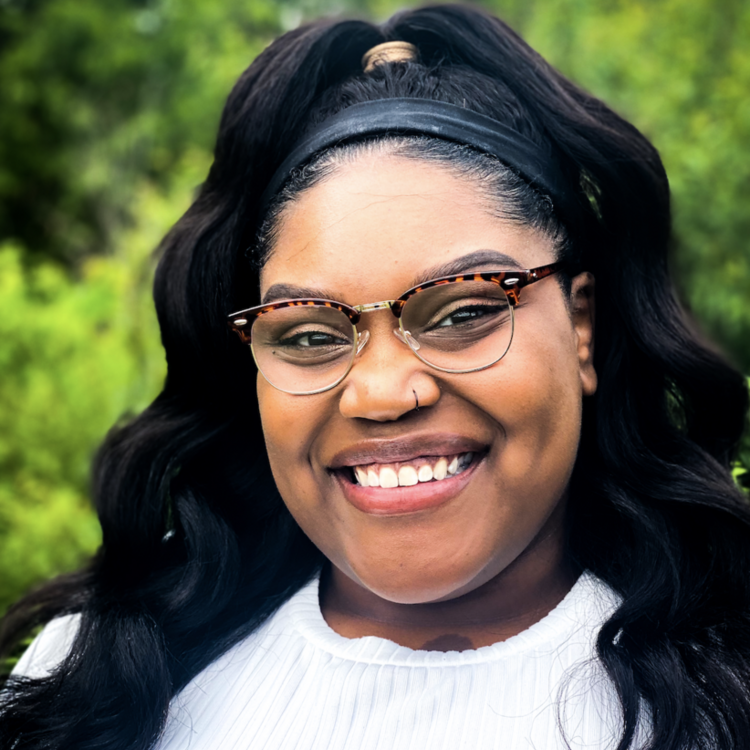
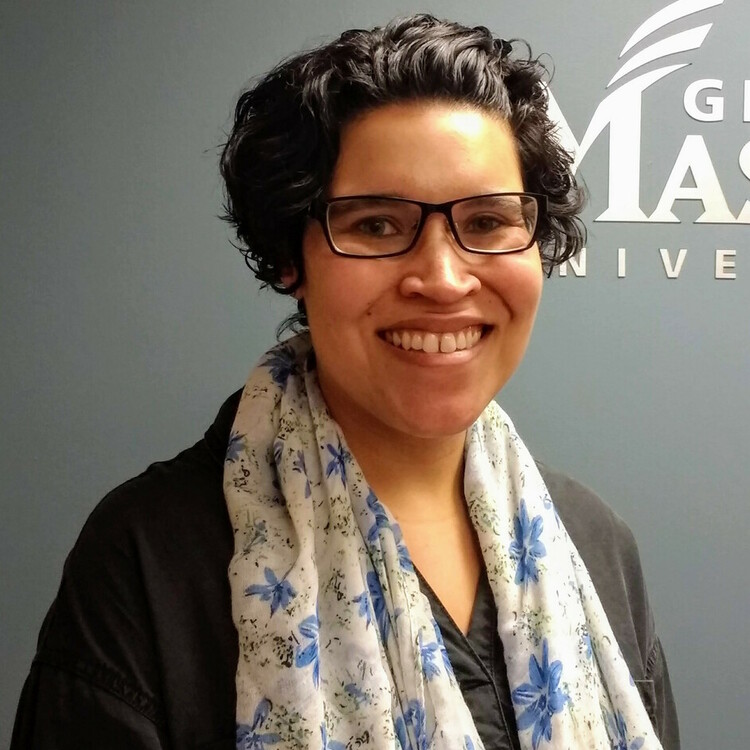

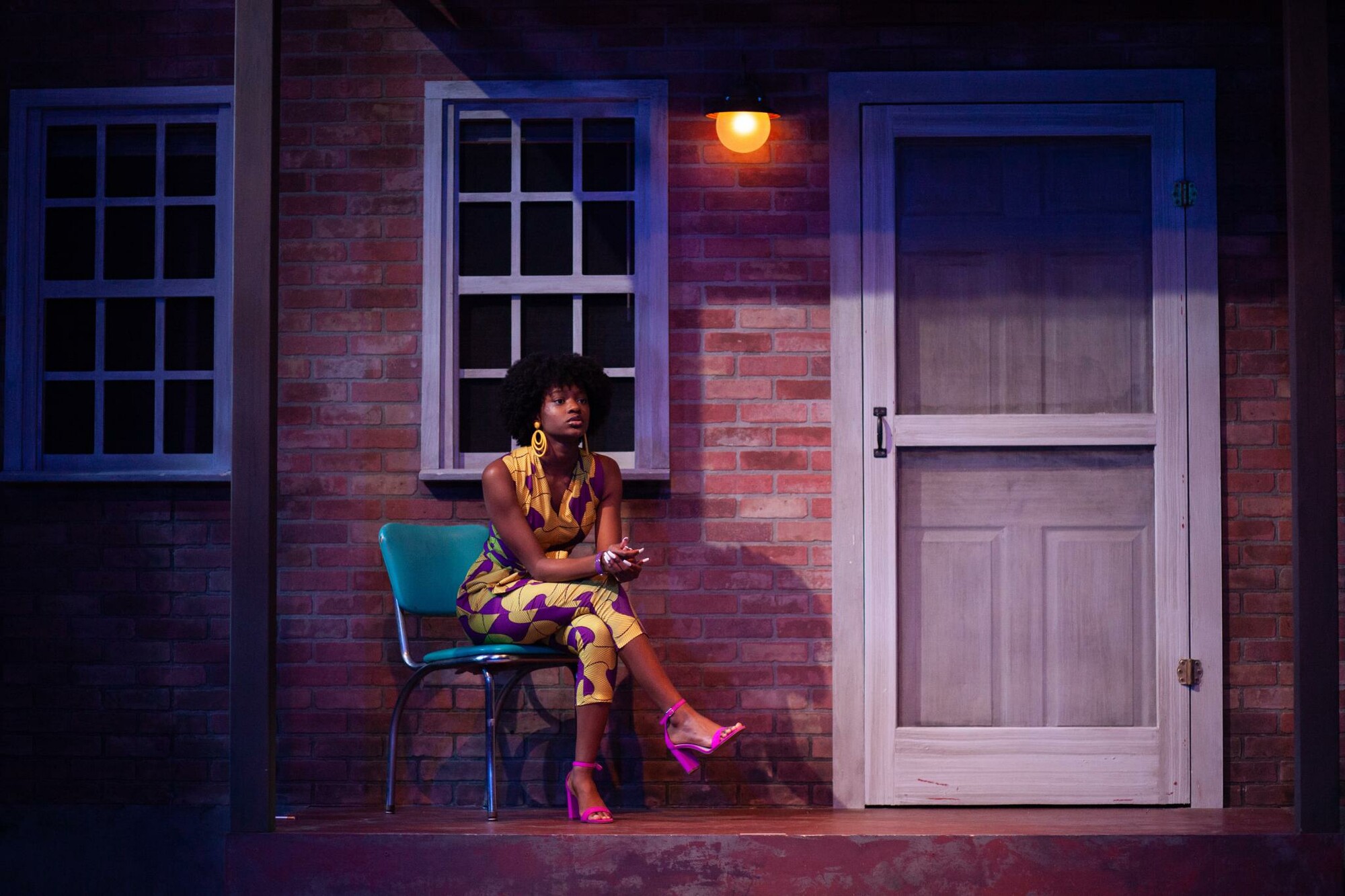
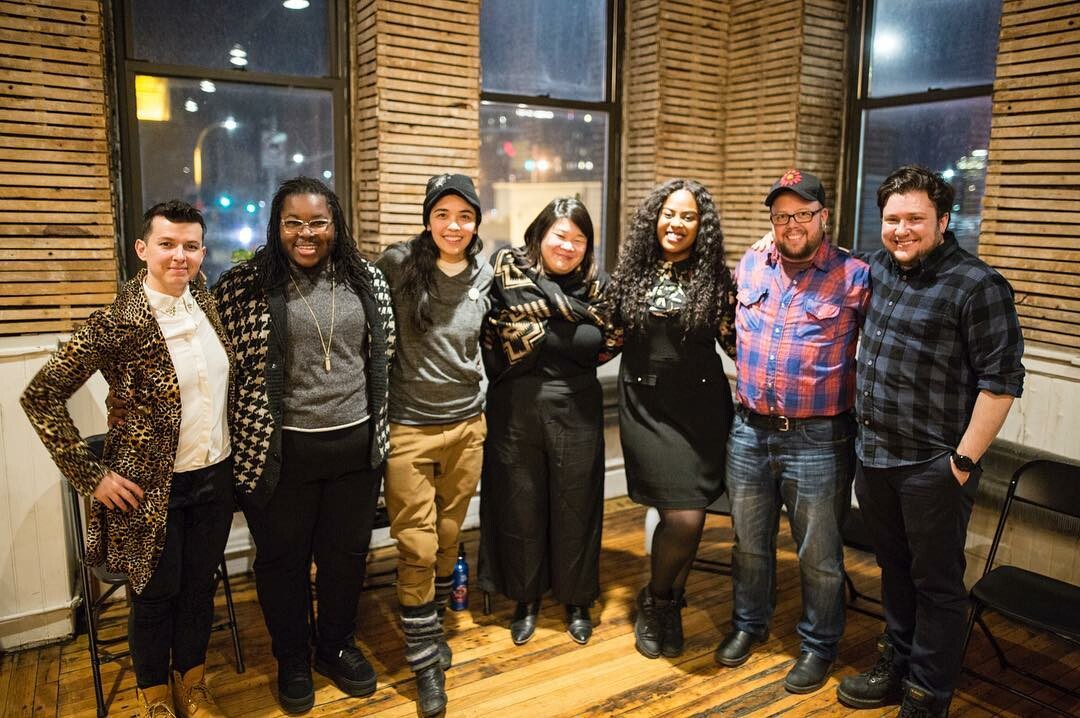
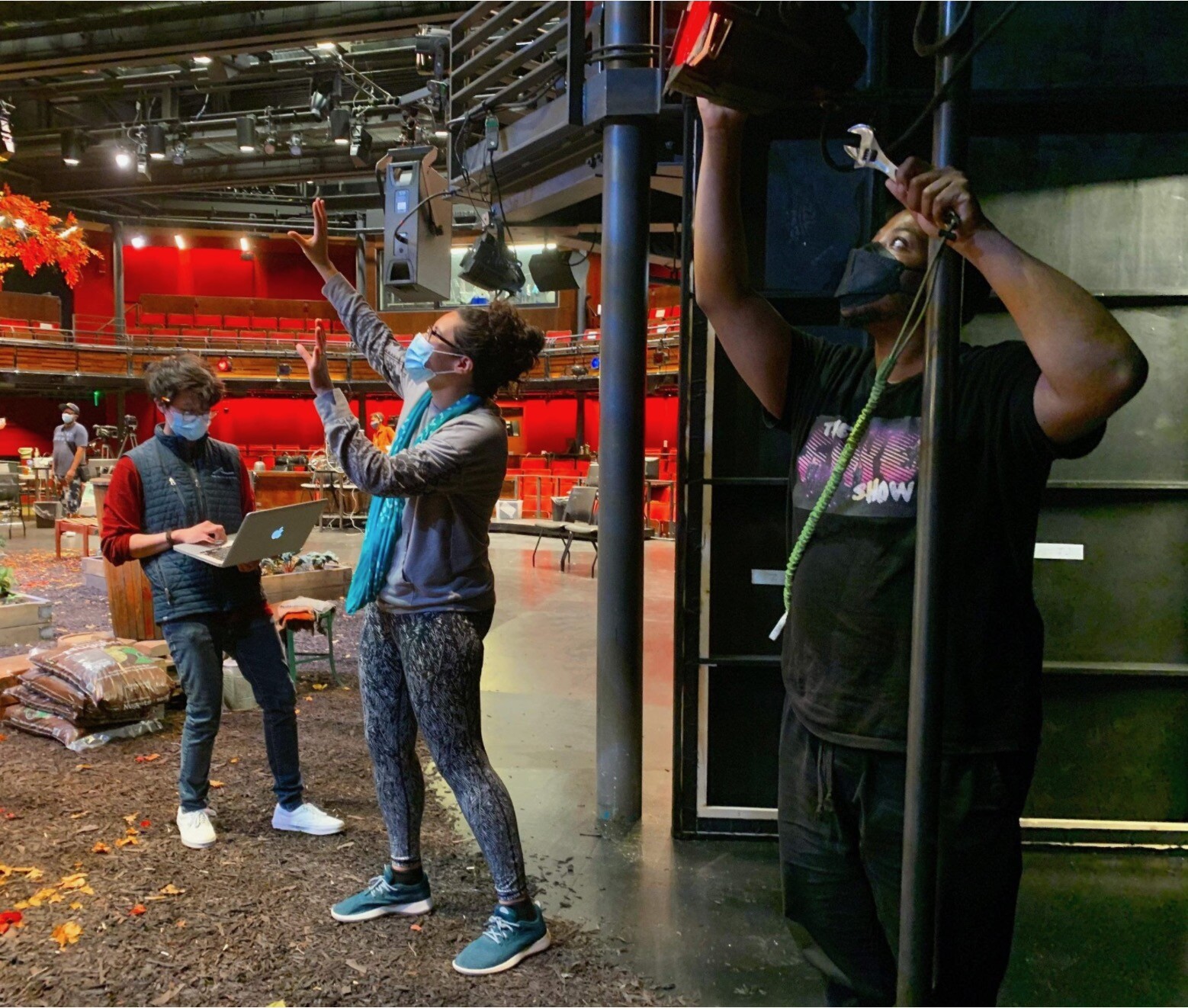
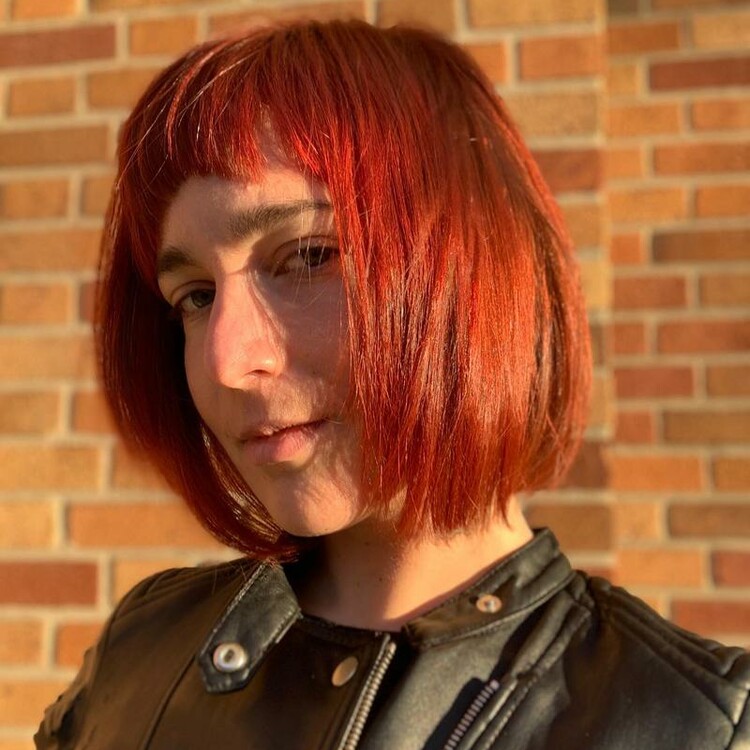





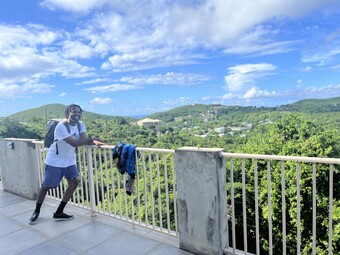

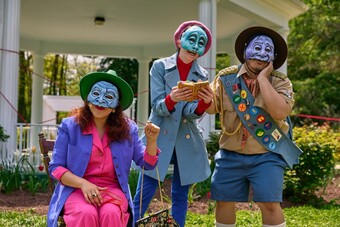

Comments
The article is just the start of the conversation—we want to know what you think about this subject, too! HowlRound is a space for knowledge-sharing, and we welcome spirited, thoughtful, and on-topic dialogue. Find our full comments policy here